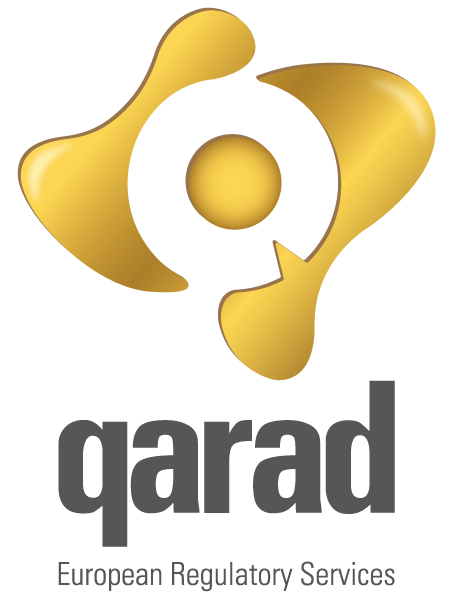Regulatory context of the web-based distribution of Instructions for Use
Web-based distribution of Instructions for Use (eIFU) is becoming more important, and more companies see the numerous advantages. Depending on the situation, manufacturers using eIFU’s experience the following benefits:
- Reduction of manufacturing, printing, and labor costs.
- Restrictions on limiting the size of the IFU and cost-of-color printing no longer apply, allowing for legible fonts and more effective layouts, resulting in an improved user experience.
- Facilitates IFU updates both at the level of the creation and approval processes and the physical roll out.
- Reduction of waste, which is cost-effective for users and friendly for the environment.
According to guidelines (MEDDEV 2.14/3) published by the European Commission in 2007, replacing the paper IFU was first allowed for In Vitro Diagnostics (IVD). The guidelines explain several conditions and requirements that apply to the general context and the specific features of an eIFU solution.1
Regulation 207/2012 opened possibilities for medical devices (MD), albeit limited to well-defined categories, of which implantable MDs are the largest category. Here, too, extensive requirements apply.
The new Medical Device Regulation (MDR) 2017/745 confirms that regulation 207/2012 still applies when a manufacturer wants to replace the paper IFU; however, it has an additional relevant requirement. As Annex I.23.1 explains, “Each device shall be accompanied by the information needed to identify the device and its manufacturer, and by any safety and performance information relevant to the user, or any other person, as appropriate. Such information may appear on the device itself, on the packaging or in the instructions for use, and shall, if the manufacturer has a website, be made available and kept up to date on the website… .”2
Since every MD manufacturer presumably has a website, this applies to every MD manufacturer with CE marked products. Although the wording of this requirement does not directly refer to the IFU, the nature of the information to be provided roughly corresponds to the content of the IFU. The easiest way to meet this requirement is to post the IFU on a website, which is a common practice for many companies. The IVDR 2017/746 has an identical requirement, as cited in Annex I.20.1.
The new regulations do not spell out the requirements that apply to an eIFU. It is not replacing the paper IFU, it is provided in addition to the paper IFU. However, since users may rely on eIFU for the use of the device, the eIFU platform in this context should have the same controls as an eIFU system replacing paper.
Minimal Quality Management System Requirements
The eIFU platform is software used in a quality management system (QMS). Hence, section 4.1.6 of EN ISO13485:2016 applies. This requirement already calls for the validation of the software.
In most cases, software that is used in the QMS is not developed by the manufacturer but purchased off the shelf with, depending on the situation, more or less customizations. Within this EN ISO13485:2016 requirement, it suffices to justify the selection of the software and to validate the specific applications developed for the implementation in the company. The validation efforts depend on how well the standard software meets the company’s requirements or how much customization is needed and will have to be validated. The standard also says that the validation and revalidation shall be proportionate to the risk associated with the use of the device. Since the IFU has a tremendous impact on the correct use of a device and has the necessary warnings and precautions, validation and other measures are necessary to keep the provision of eIFU in a state of control.
In-house developed QMS software will clearly require a much bigger effort to meet QMS requirements than a suitable commercially available software. Working with vendors that do not understand QMS and regulatory requirements will increase the need for more extensive validation —as well as the risk of problems. However, purchasing software that has been specifically developed and validated by the vendor for the intended purpose with respect for QMS principles and regulatory requirements will significantly decrease validation efforts and risk of failure. This is true for all eIFU platforms, whether they are intended to replace paper IFU or to meet the Annex I.23.1 (or Annex I.20.1 for IVD) requirement.
Should Design Control and EN/IEC 62304 be Applied to an eIFU Solution?
Section 7.3 of EN ISO13485:2016 on design control applies to the design and development of medical devices, including medical device software. EN 62304:2006 is the specific harmonized standard for the design and life cycle management of medical device software. Applying this standard implies compliance with the regulatory requirements. Although the standard has not yet been harmonized under the MDR or IVDR, it is strongly recommended to apply it to any medical device software.
However, is an eIFU web platform a medical device itself? Why should design control and EN 62304 even be considered?
Although it is not clear whether notified bodies expect manufacturers to apply design control or EN/IEC 62304, they do carefully look into regulatory compliance of their eIFU solutions.
Experience teaches that many MD manufacturers consider their IFU as part of their medical device: therefore, the eIFU platform, bringing the IFU to the user, should meet the same stringent requirements as the medical devices themselves. In line with that reasoning, it is logical to implement design control and EN 62304 when implementing an eIFU solution. It will ensure solid controls over the platform and eliminate possible issues with notified bodies during certification audits.
Sources
- MEDDEV 2.14/3 rev 1, European Commission, January 2007.
- Medical Device Regulation.

